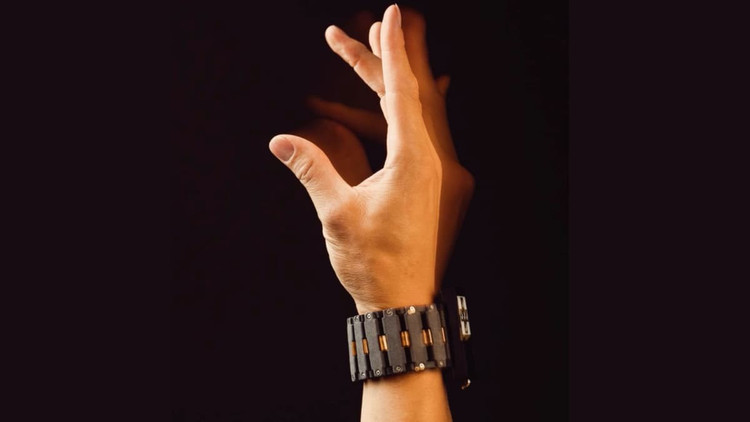
The device could revolutionize the way people interact with personal technology. It could provide new accessibility for people with limited mobility or muscle weakness. “The device can convert electrical signals generated by muscle movements in the wrist into computer commands without the need for personal calibration or invasive procedures,” the researchers said in a press release.

The device, called the sEMG-RD (surface electromyography research device), uses sensors to analyze electrical motor nerve signals that travel from the wrist to the hand. These signals, which represent intended actions, are then converted into digital commands for connected devices. The prototype looks like a giant rectangular wristwatch. But it doesn’t tell time: It lets you control a computer from across the room just by moving your hand.
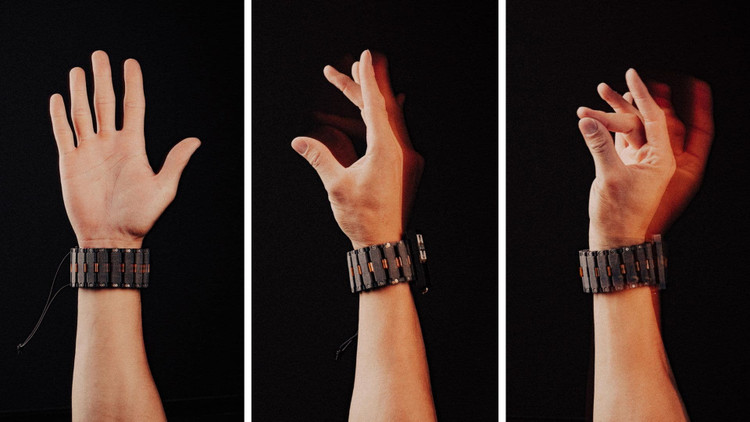
With a slight twist of your wrist, you can move the cursor on your laptop screen. If you touch your thumb to your index finger, you can open an application on your desktop. And if you write your name in the air, as if you were holding a pencil, the letters will appear on your smartphone.
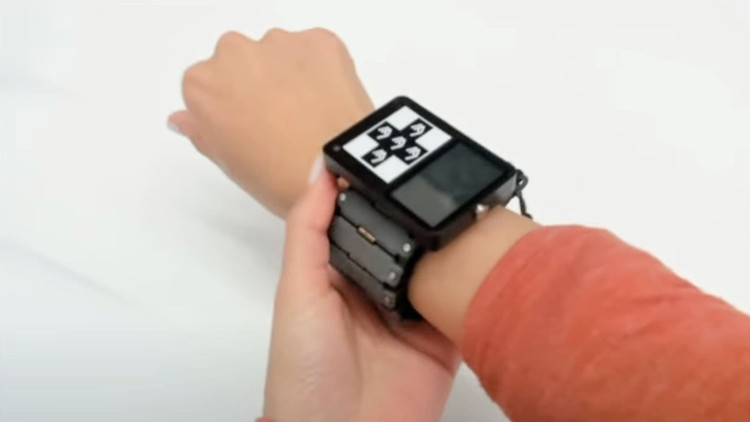
Designed by researchers at Meta, the tech giant that owns Facebook, Instagram, and WhatsApp, the experimental technology reads the electrical signals that pulse through your muscles as you move your fingers. These signals, generated by commands sent from your brain, can reveal what you’re about to do before you even do it, the company detailed in a research paper published Wednesday in the journal Nature.
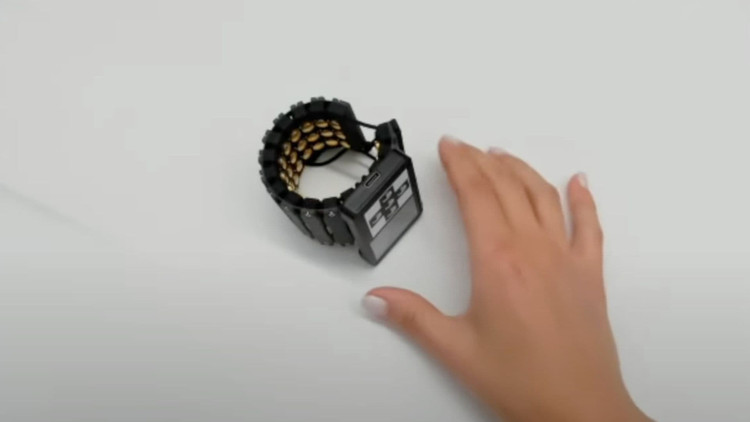
Unlike some traditional EMG systems that require skin preparation or conductive gel, this wearable uses dry electrodes. These electrodes are active on contact, allowing immediate use without additional setup. The gold-plated material is designed to maintain constant contact.
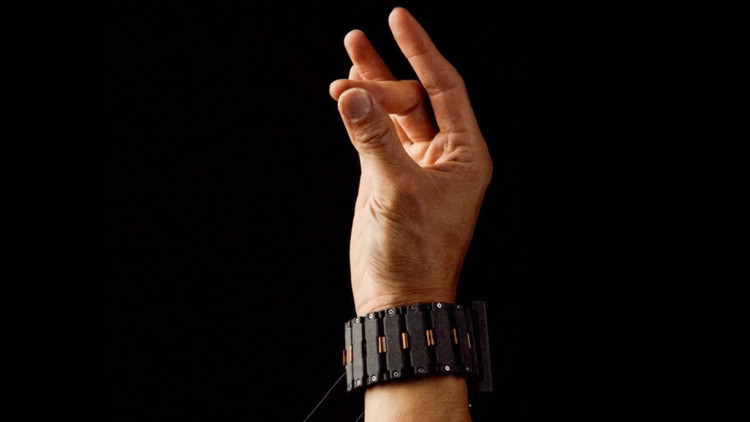
The device's battery, processor, and Bluetooth connectivity are housed in a separate digital computer compartment. Separating these components is designed to keep the sensor area light, while the heavier processing components are placed on the wrist for user comfort.
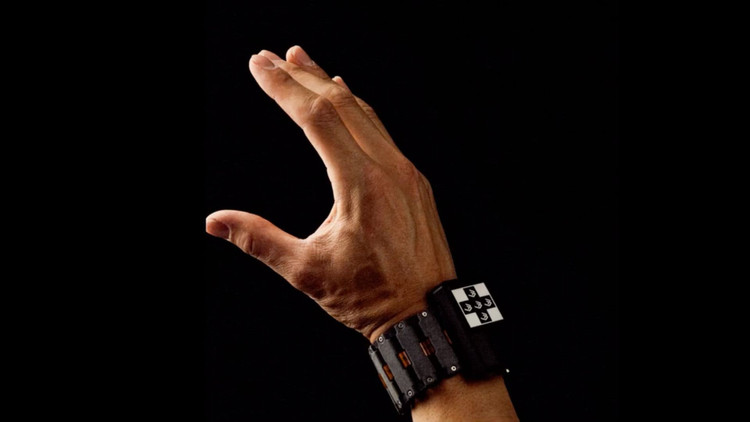
sEMG-RD technology supports a variety of interactions beyond basic cursor control. Users can navigate the interface and select items using pinch, swipe, and tap gestures. The system also allows for text input using simulated handwriting, achieving an input speed of approximately 20.9 words per minute.
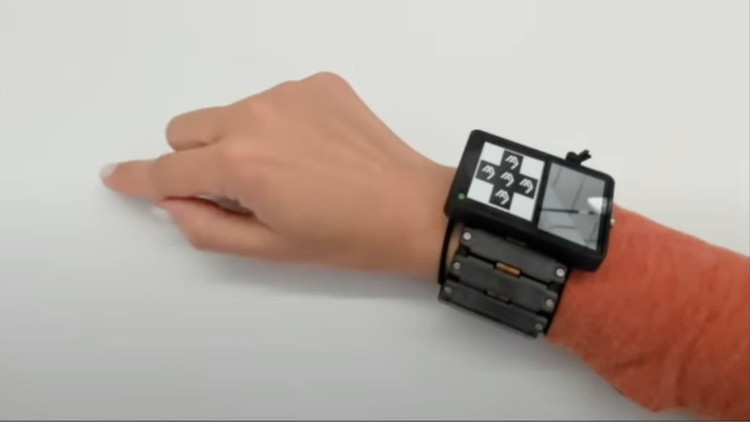
The researchers used training data from a large number of participants to develop general decoding models through deep learning. The approach aims to accurately interpret user inputs across a wide range of individuals, eliminating the need for individual tuning or calibration and facilitating widespread deployment. The device supports both left- and right-handed users.
Source: https://khoahocdoisong.vn/vong-deo-tay-dieu-khien-may-tinh-ao-dieu-den-tu-meta-post2149040960.html





























![[Photo] National Assembly Chairman attends the seminar "Building and operating an international financial center and recommendations for Vietnam"](https://vphoto.vietnam.vn/thumb/1200x675/vietnam/resource/IMAGE/2025/7/28/76393436936e457db31ec84433289f72)







































































Comment (0)